[Explanation of functions and issues] What is partial freezing, which slightly freezes food?
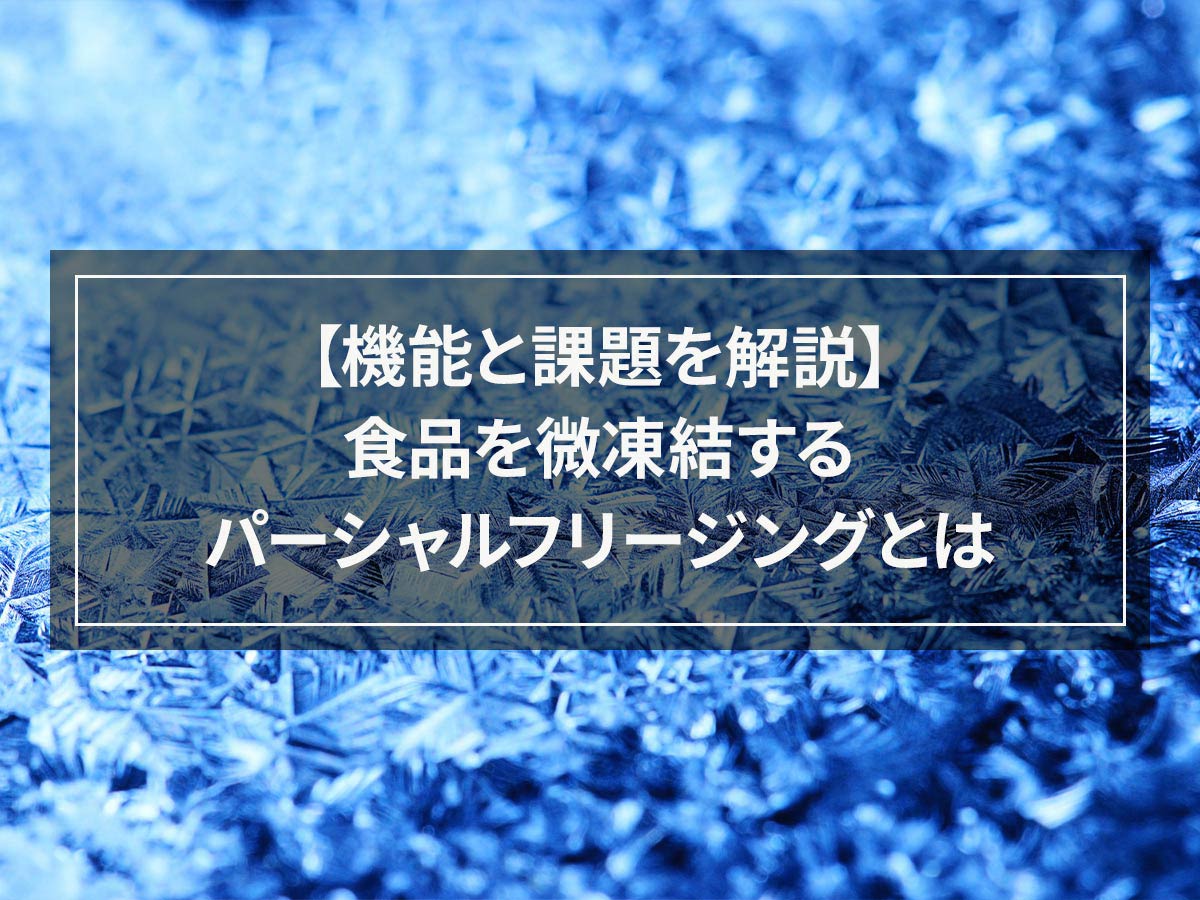
Did you know you can cook frozen food without thawing it?
Using a freezing technology called partial freezing, food can be preserved for a longer period of time than regular refrigeration. Furthermore, since you can cook without thawing, you can eliminate unnecessary thawing time and prevent quality deterioration that occurs due to thawing.
This time, we will talk about partial freezing, which has become more familiar in recent years.
If you are considering introducing Partial Freezing, please read it while understanding the functions and problems of Partial Freezing.
目次
What is partial freezing?
Partial freezing refers to a method of freezing food at temperatures between 0℃ and -3℃.
Recently, this function has been added to household refrigerators, and the JIS refrigerator standard stipulates that the temperature should be around -3℃.
-3℃ is the temperature at which ice begins to form in food, so food will not freeze solidly. This state is described as ``slight freezing,'' and it is a freezing method that freezes the external liquid around the cells of the food just a little.
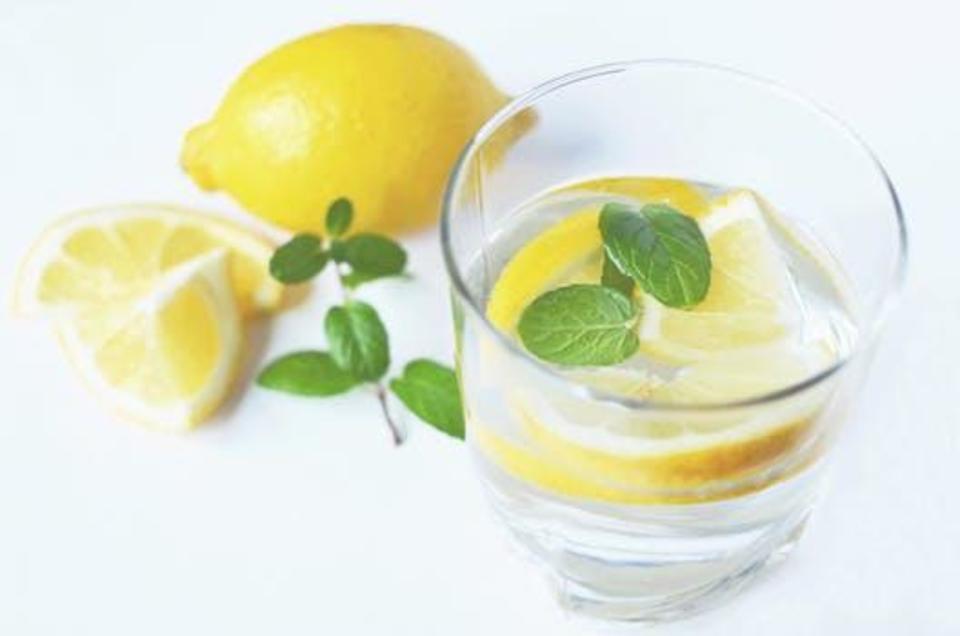
Source: https://bought-boat.com/magazine/articles/1013
Partial freezing function

Source: https://online.nojima.co.jp/4549980203781/1/cd/
With normal slow freezing, when the water in the food freezes, ice crystals destroy the cells, resulting in a loss of quality.
By micro-freezing, food cells themselves are not damaged, so food damage can be suppressed and the food's deliciousness can be maintained compared to normal slow freezing.
Cooking frozen food using partial freezing will maintain the quality of the food better than thawing and cooking meat or fish that was stocked using slow freezing.
Increase shelf life
Compared to regular refrigeration, foods frozen with partial freezing can be stored several days longer.
In the case of fresh products such as meat and fish, it will take about 3 days if refrigerated, about 4 days if chilled, and about 7 days if partially stored.
Cooked items such as curry and meat sauce can be stored in the refrigerator for about 3 days, chilled for about 4 days, and partially stored for about 5 days.
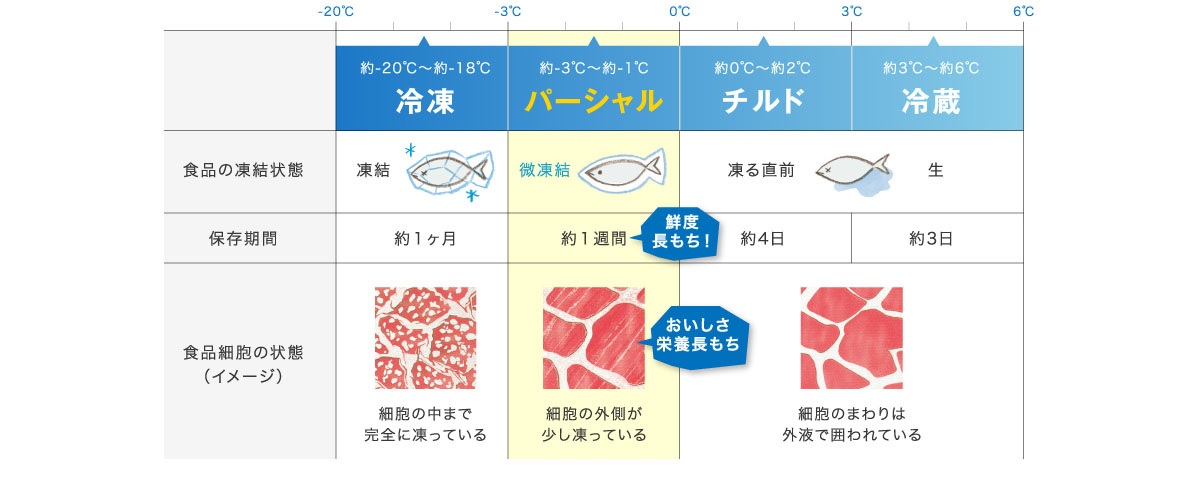
Source: https://onikunavi.com/?p=1
Can be cooked without thawing
Partial freezing is a freezing method that slightly freezes the area around the food, so it can be cut with a knife or cooked without thawing.
This allows you to freeze meat or fish as a block and use it by cutting it into the required amount without thawing it.
Also, even if you freeze liquid foods like meat sauce or curry, you can take out only the amount you need. Since there is no need to thaw it each time, you can save the parts you don't use without damaging them.
This technology allows you to kill two birds with one stone by eliminating the need for thawing and keeping food in good condition.
Comparison of various refrigeration and freezing technologies and their differences

Common refrigeration technology
JIS standards require storage at 10℃ or below. It is the most familiar technology and can be used easily, but fruits, vegetables, meat, and fish only last about three days when refrigerated, and cannot be stored for long periods of time.
Chilled
Chilled food is defined by JIS refrigeration standards as being around 0°C, and is a method of preserving food by cooling it to the point of freezing. Suitable for preserving fruits and vegetables, fermented foods, pastes, etc. that you do not want to freeze. It is said that the appeal of this method is that it can keep food fresh for a longer period of time than regular refrigeration.
General refrigeration technology (slow refrigeration)
The temperature generally used in household refrigerators is specified by JIS as -18℃. When the temperature reaches this range, bacteria and enzymes can stop working, which prevents food poisoning.
However, issues include the long time it takes to freeze the food and the quality of the food itself being degraded after thawing.
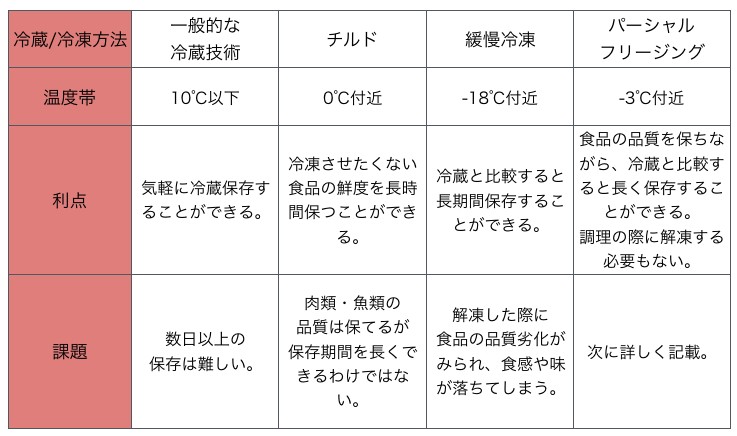
What are the issues and problems with partial freezing?
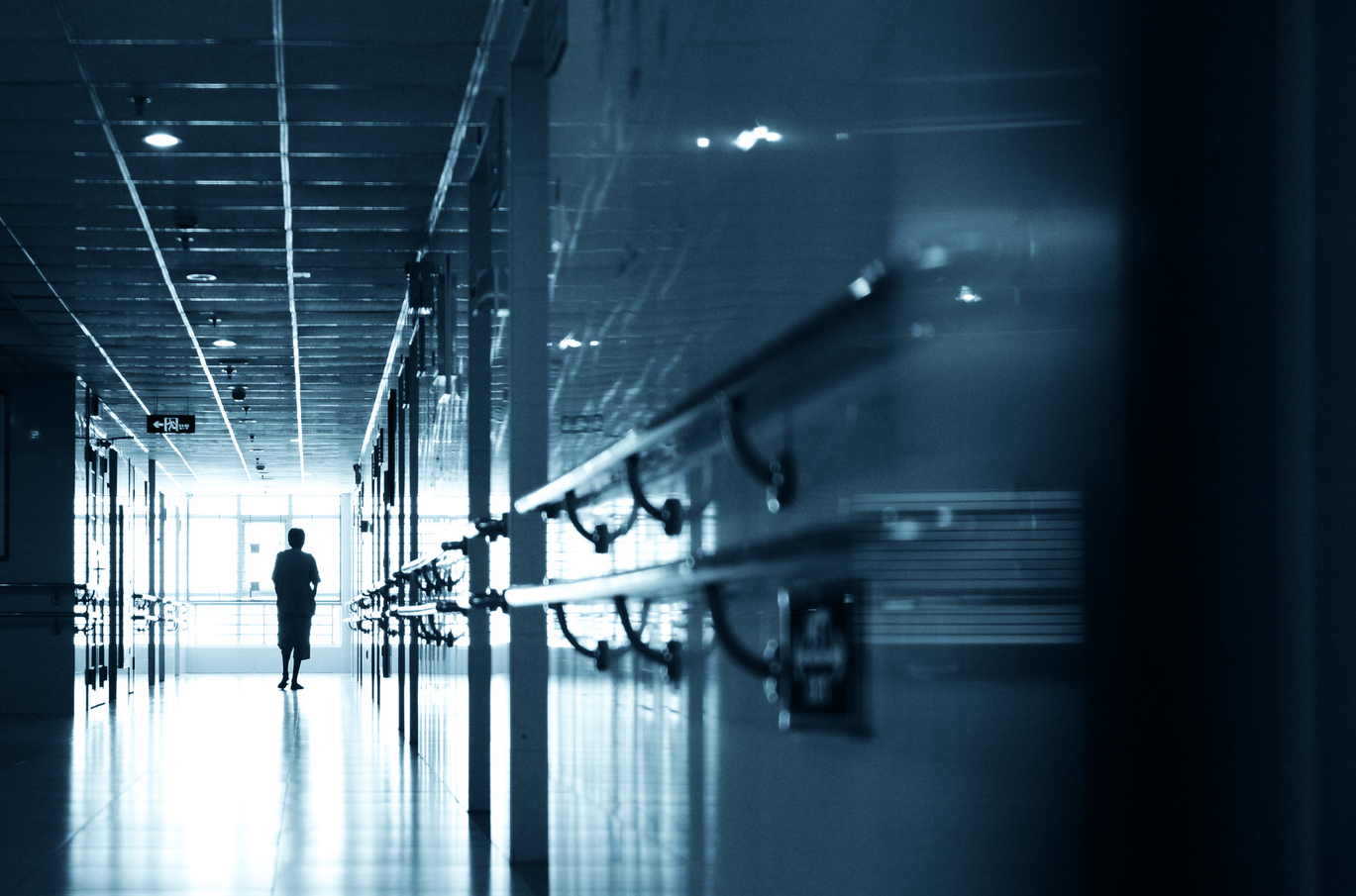
Short maximum storage period
Partial freezing has a longer shelf life compared to refrigeration or chilled freezing, but the shelf life is shorter than regular slow freezing.
It may be difficult to store ingredients purchased in large quantities at low prices or stock made in free time.
Quality deterioration after thawing
Bacterial growth can be suppressed in the temperature range of -1℃ to -3℃. However, because some enzymes are active, the metabolic system cannot be balanced, and depending on the food, protein deterioration or tissue damage can be seen. It has also been pointed out that the temperature range is such that ice crystals can easily form, making it susceptible to spoilage after thawing.
It is suitable for cooking while frozen, but if you use it for cooking after thawing it, it may affect the taste of the dish.
Solutions to issues/problems

Ice sensation technology that maintains quality for a long time without freezing
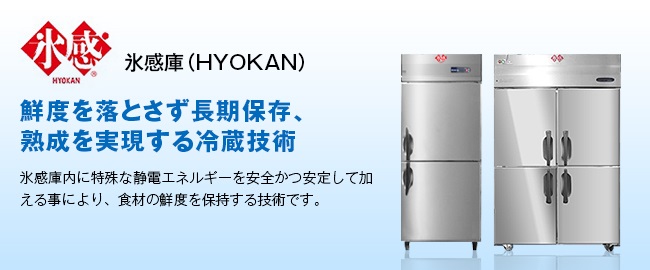
"Ice Feeling" is the safe and stable addition of high voltage, low current, and constant frequency electrical energy to traditional refrigeration technology, which has a beneficial effect on foodstuffs.
By applying voltage, it is possible to make foods difficult to freeze, and non-freezing preservation can be achieved even at temperatures as low as 10°C to -10°C.
Not only meat and fish, but also vegetables and fruits can be stored for long periods of time without losing their freshness, which solves the problem of partial freezing, which is the shelf life.
rapid freezing allows freezing while maintaining quality
rapid freezing refers to a freezing method in which food passes through the maximum ice crystal formation temperature range (-1℃ to -5℃) in a short period of time as the temperature of the food decreases. Foods can be frozen with nutrition, texture, and taste almost unchanged from before freezing, and not only raw food but also cooked food can be frozen while still hot.
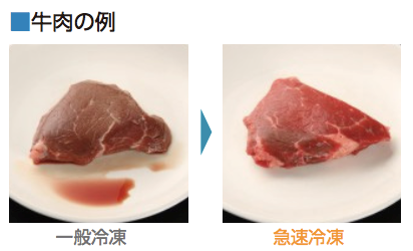
The storage period after rapid freezing can range from 2 weeks to about 1 year if stored in the freezer.
Although it is necessary to thaw the food before cooking, there is almost no quality deterioration as it is frozen for a short time. This freezing method solves the problems of partial freezing, such as poor quality after thawing and short shelf life.
Conclusion
This time, we talked about partial freezing and other refrigeration and freezing technologies.
Partial freezing preserves the quality of food for several days longer than regular refrigeration or slow freezing. However, it is not suitable for long-term storage, and it has been pointed out that the quality deteriorates after thawing.
I would like to compare various refrigeration and freezing technologies and consider which technology should be introduced while comparing the advantages and disadvantages.
Also, the best preservation method will vary depending on the food you are handling, so we recommend freezing the food and comparing.








![[Storage period increased by 30 times! ] Achieving a stable supply of raw whitebait!](https://shunkashutou.com/wp-content/uploads/2016/11/579c55e6d32e1385c250e8e7c3ed59a71.jpg)
![[Sales increased 100 times! ] rapid freezing the signature menu “Ni-katsu sandwich”!](https://shunkashutou.com/wp-content/uploads/2016/11/IMG_02391.jpg)
![[Horse sashimi] We have significantly reduced waste loss with rapid freezer!](https://shunkashutou.com/wp-content/uploads/2016/11/5fda59d0cbcdabde18e58c3c58c09ed0.jpg)




![[Storage period increased from 3 days to half a year! ] Restaurants are expanding their business using wholesale and mail order!](https://shunkashutou.com/wp-content/uploads/2018/04/66c19942ab4ba346fdb64ccc04cde373.png)
![[Reduce loss from 200 kg of oysters to zero] Improve loss and expand business with rapid freezer](https://shunkashutou.com/wp-content/uploads/2018/06/19785ca583a8d3c4041c7c192d041b0d.jpg)














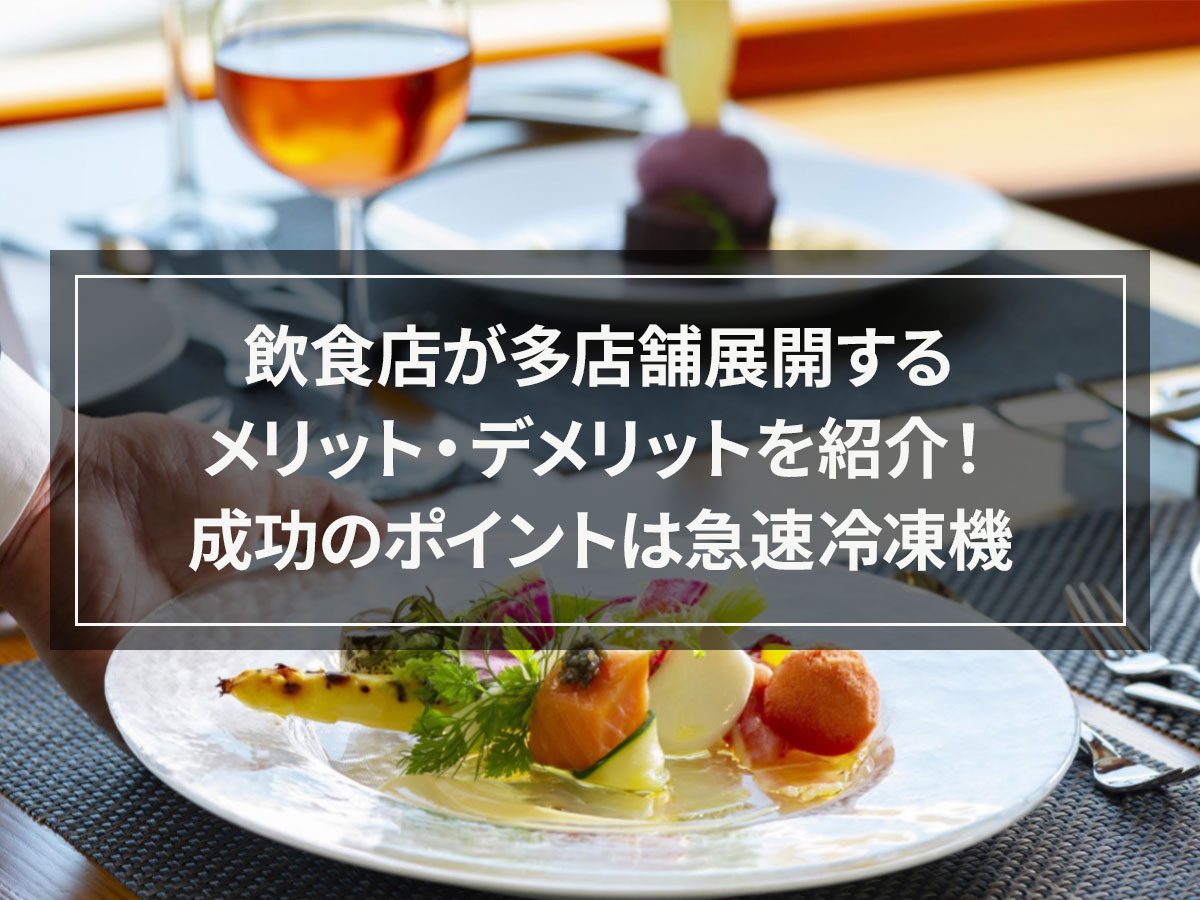
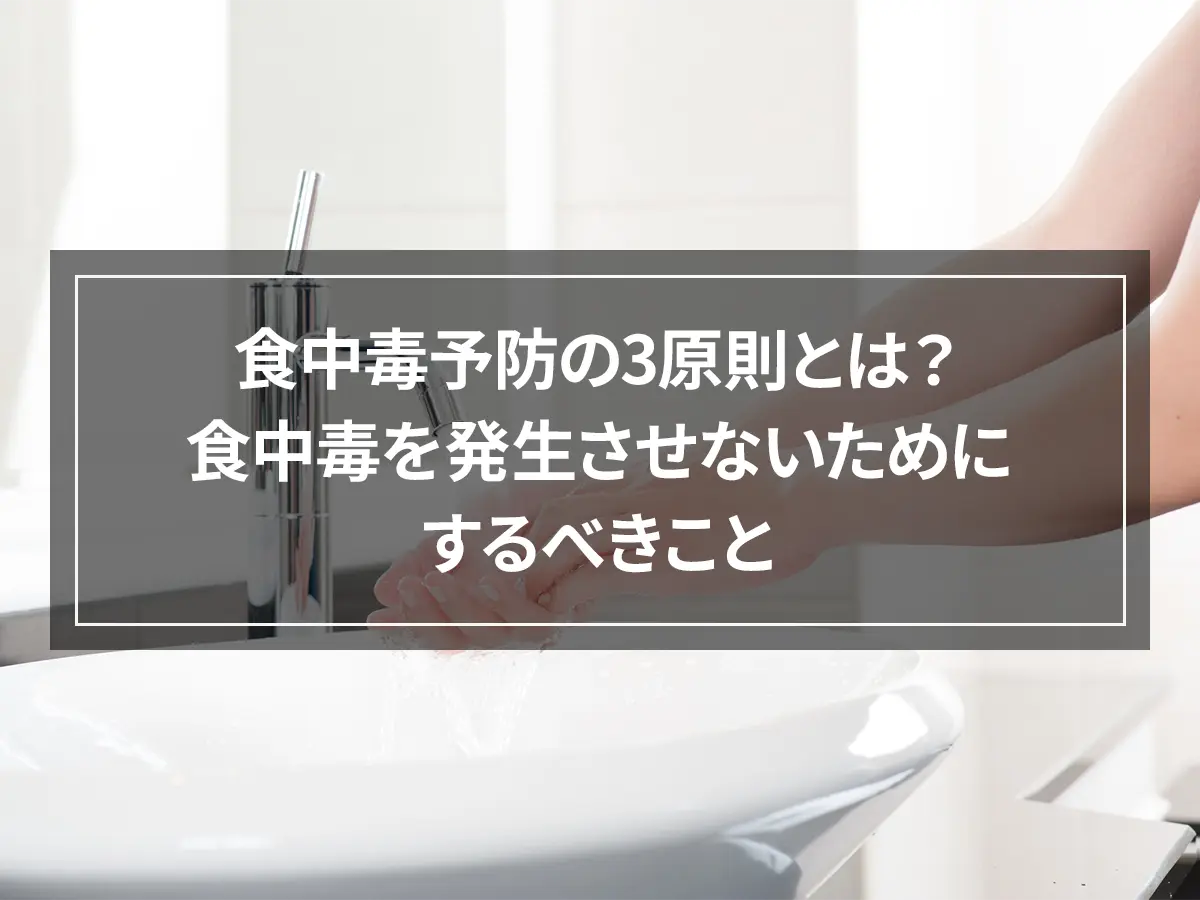
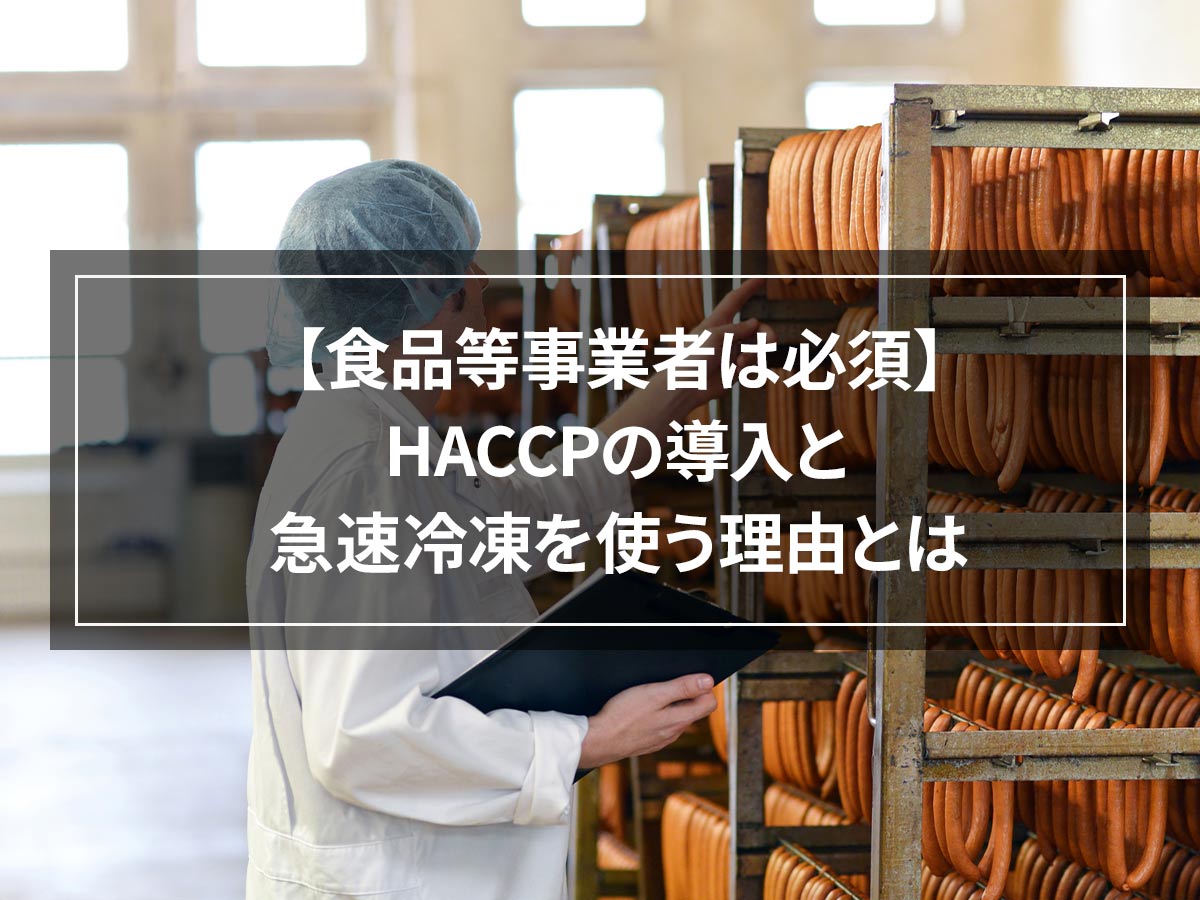
![[Successful example of rapid freezing] Efforts of Yuko Fisheries Cooperative and regional revitalization by women](https://shunkashutou.com/wp-content/uploads/2015/11/68950ce21415f187d34a8a1d5b48956a.jpg)
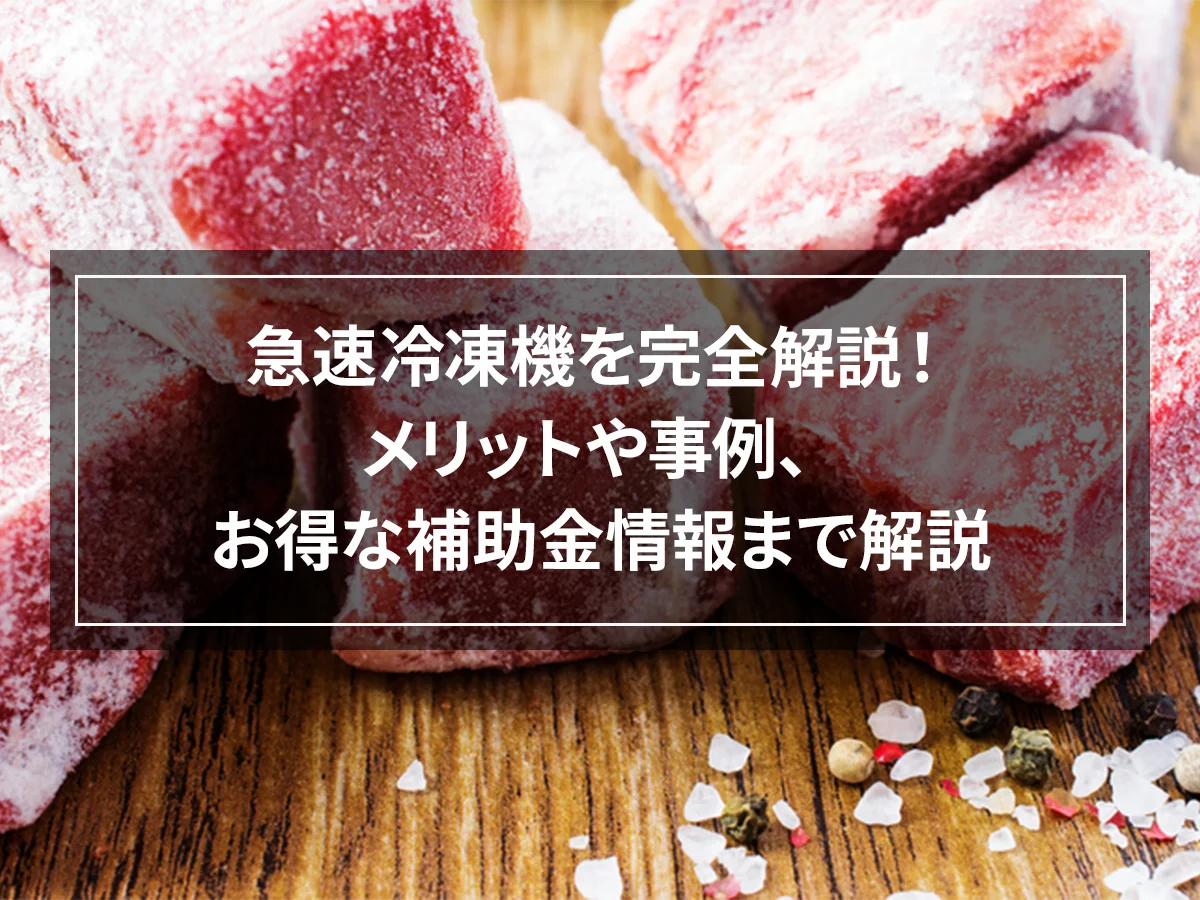
![[Improve your freezer] Tips on temperature control and freezing methods](https://shunkashutou.com/wp-content/uploads/2015/06/freezertemp.jpg)
![[Thorough guide to preserving meat] Preservation methods, expiration dates, thawing methods, rapid freezing](https://shunkashutou.com/wp-content/uploads/2023/09/ec61889773cfed9c75aa97d9ca6c96dd-1.jpg)
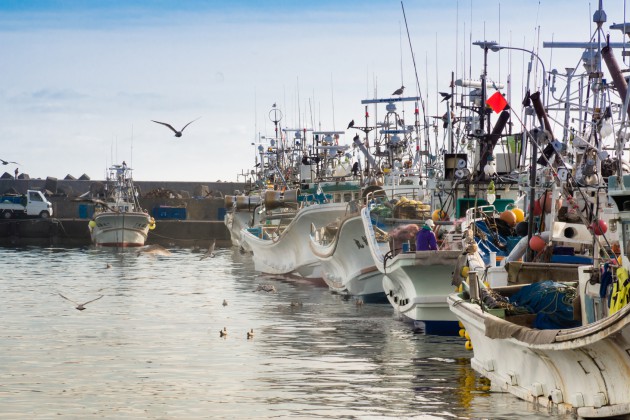
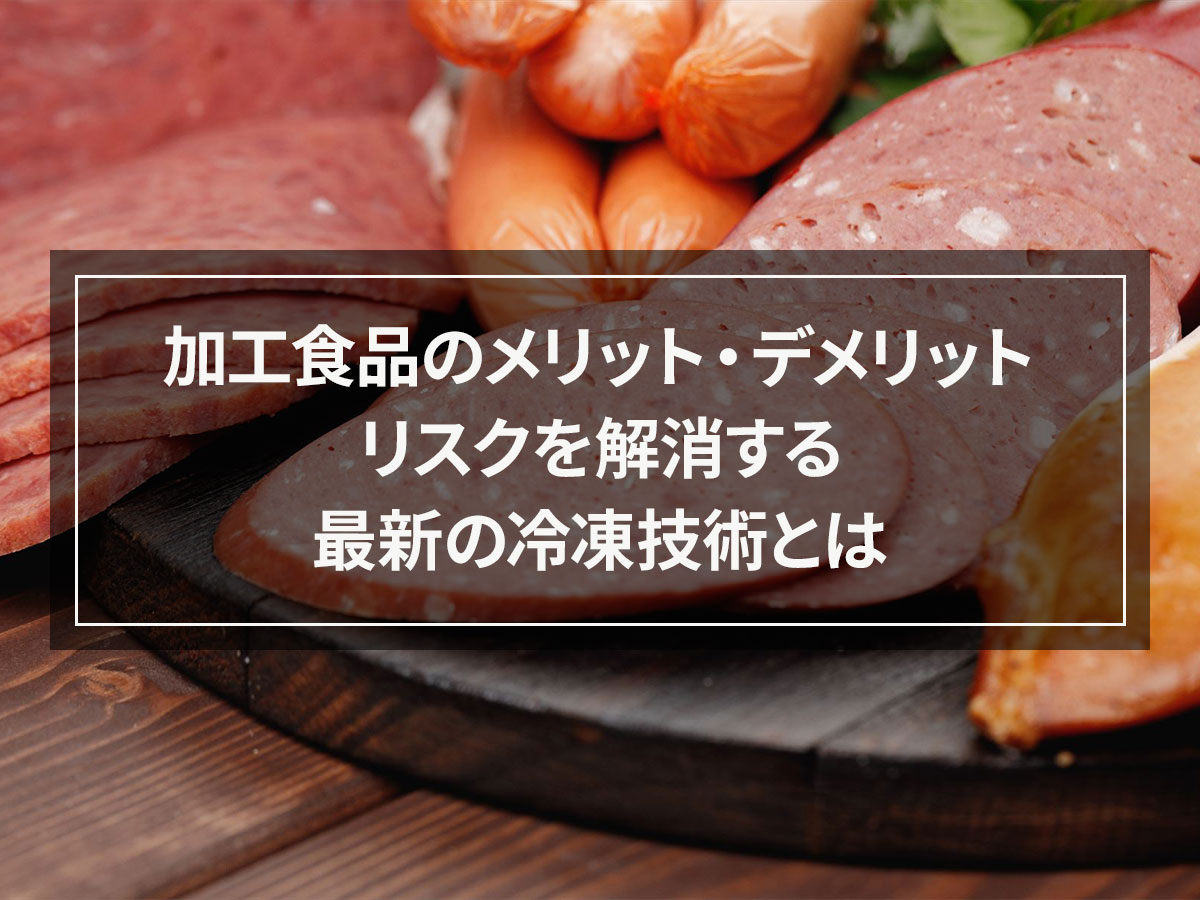
![[Deliver delicious ham! ] Meat processing manufacturer’s rapid freezing implementation example](https://shunkashutou.com/wp-content/uploads/2016/02/0825c4a97ac8495fd2408a91574cede6.jpg)
![[Which products are popular? ! ] Recommended frozen food ranking](https://shunkashutou.com/wp-content/uploads/2023/08/frozen-food-ranking-1024x682-1.jpg)
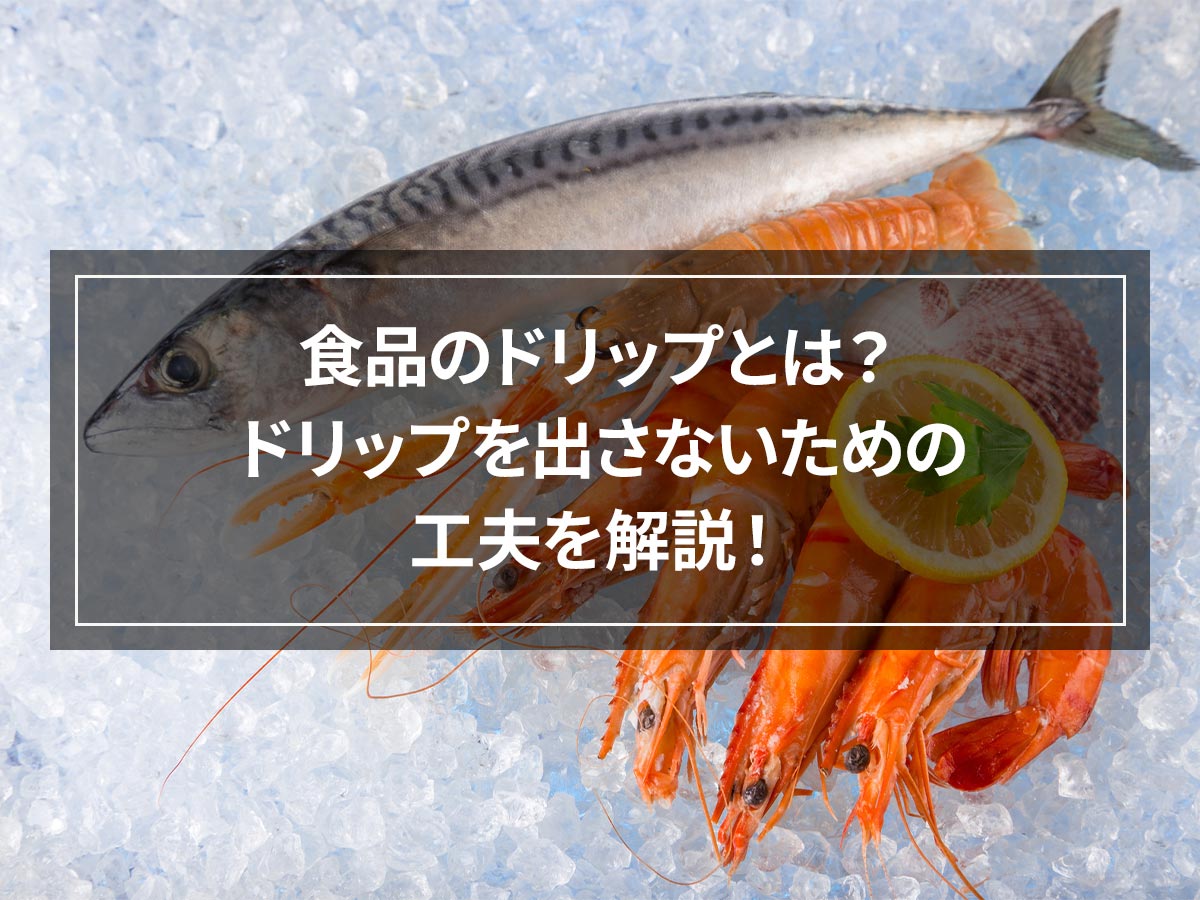
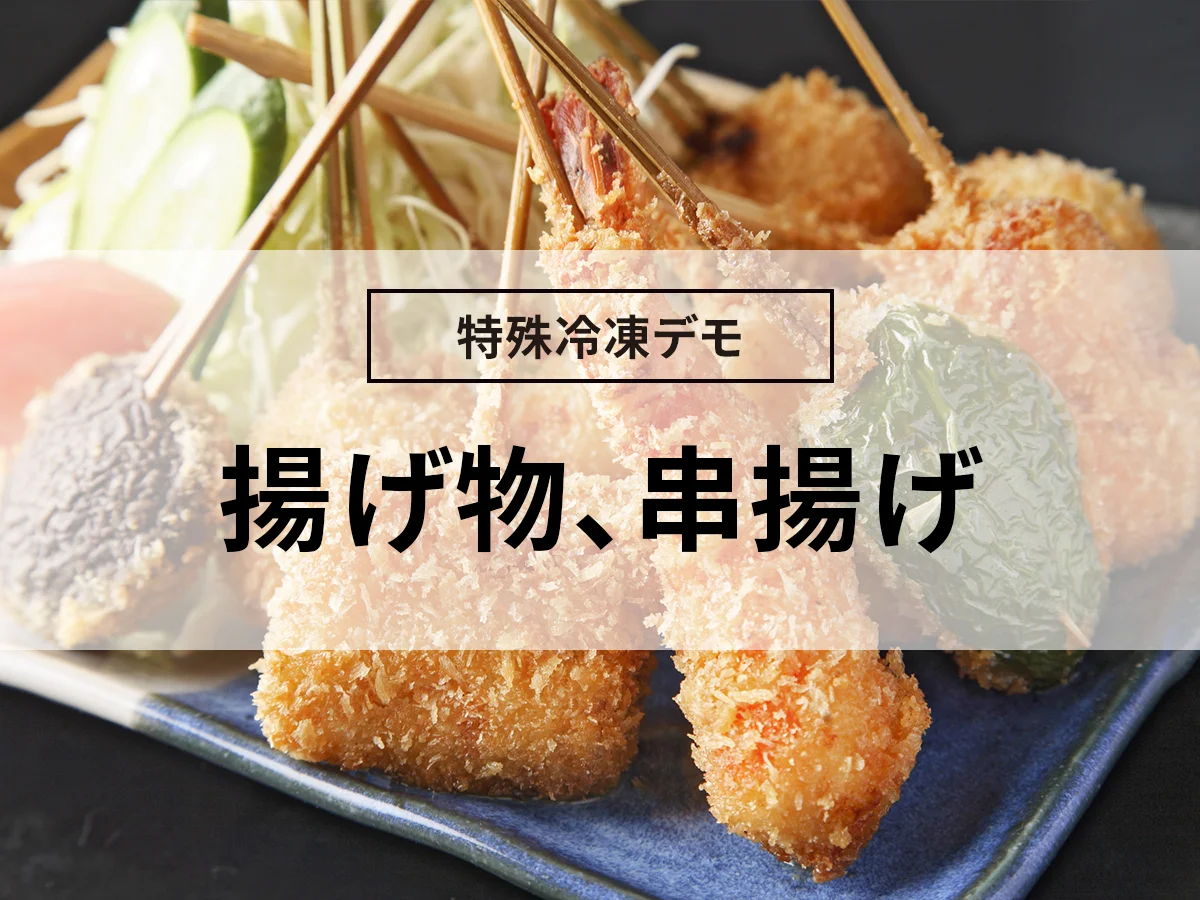
![[Required for Cook Chill System] How much does a blast chiller cost?](https://shunkashutou.com/wp-content/uploads/2015/11/fc29ddca3d7d1f8d53bf99518ce28fcf.jpg)
![[Achieving low cost and high quality] The problems of pubs can be solved with a quick freezer!](https://shunkashutou.com/wp-content/uploads/2016/02/11d55612344a4cbad2ad506ae700c81b.jpg)
![[Thorough explanation! ] What is the distribution and cold chain that maintains the quality of frozen foods?](https://shunkashutou.com/wp-content/uploads/2016/11/ed15366b2a889239b39608c181587427.jpg)




